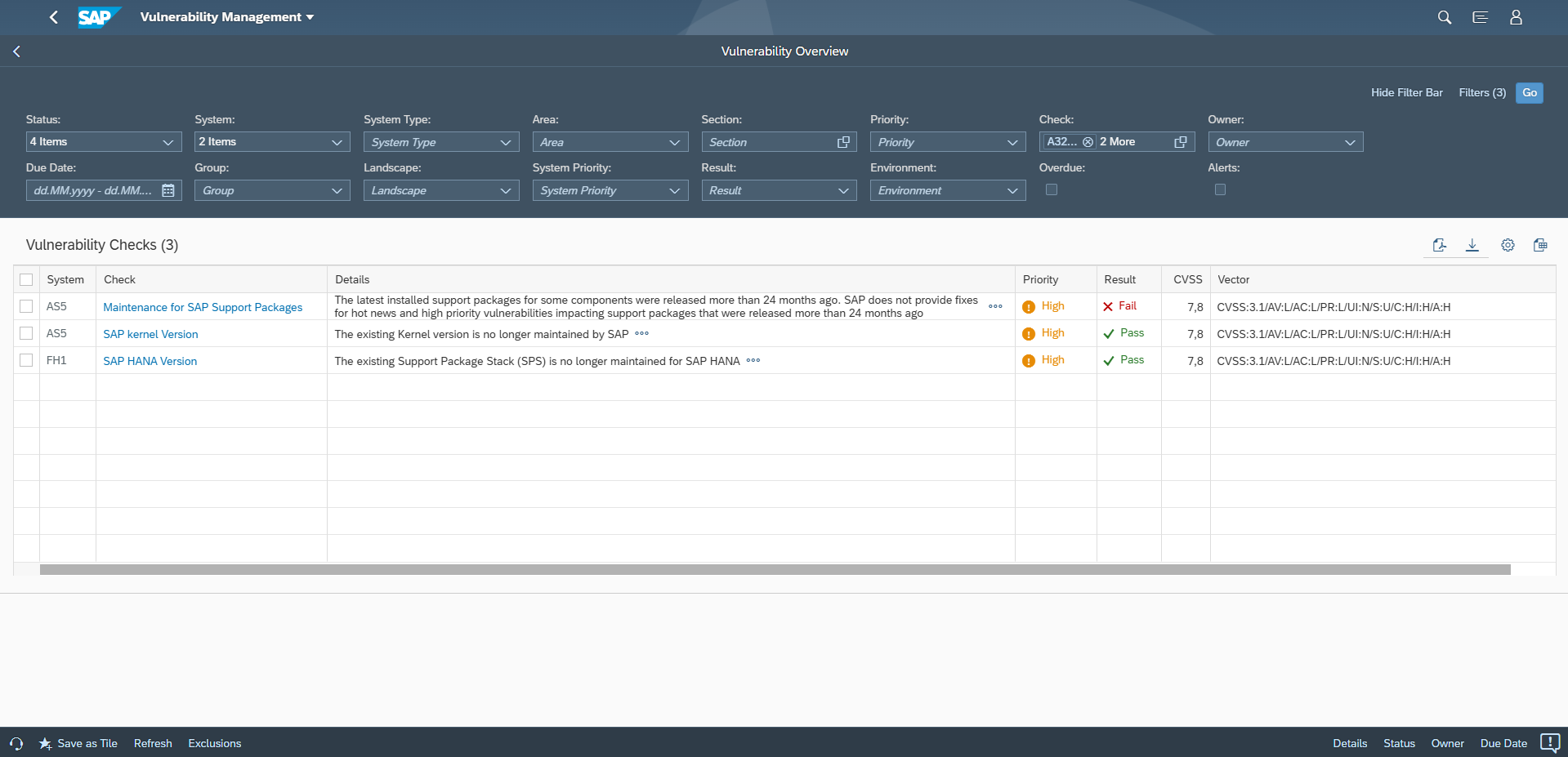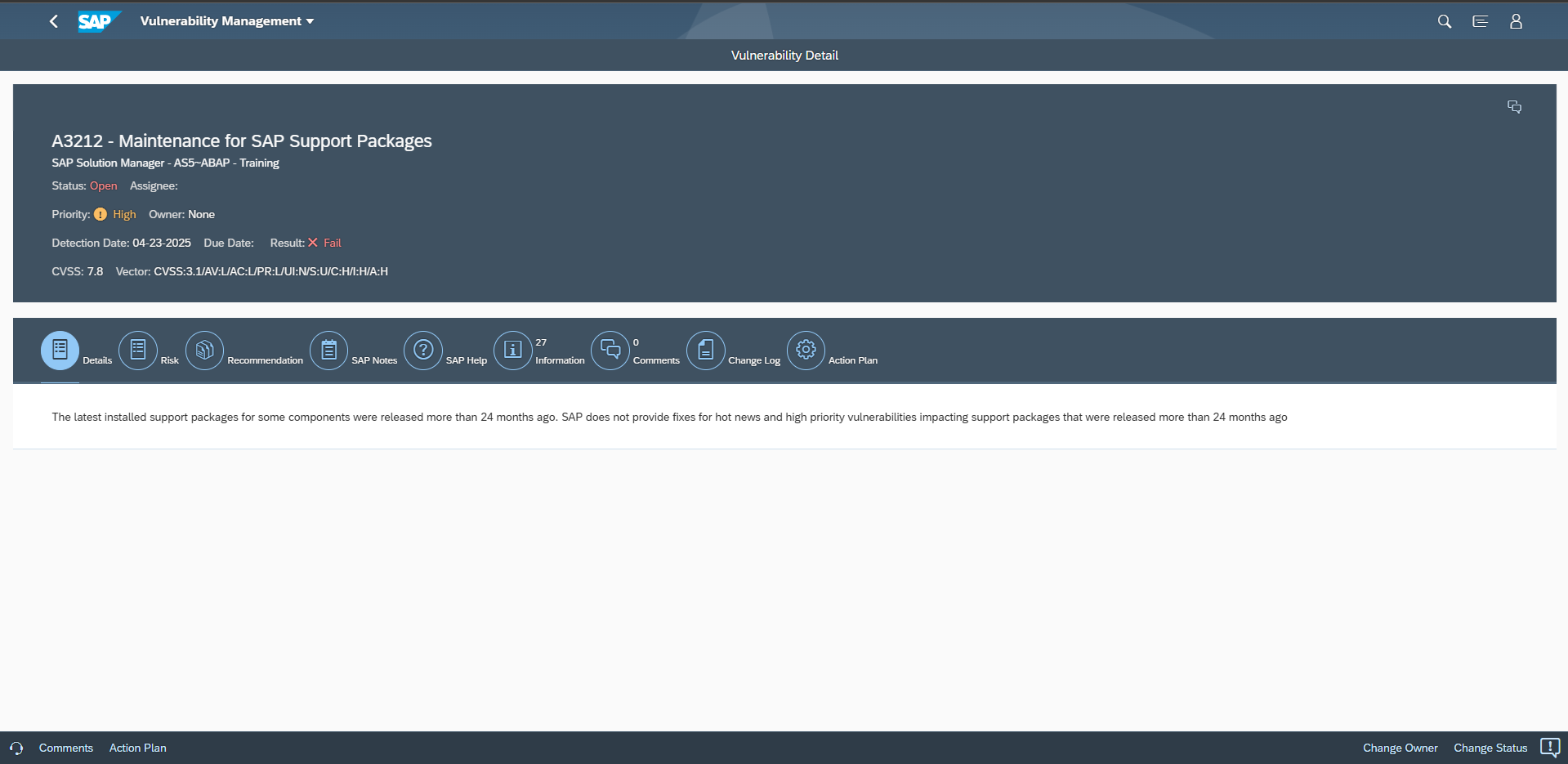Cybersecurity Extension for SAP, NetWeaver Edition
Layer Seven Security is pleased to announce the official release of the Cybersecurity Extension for SAP, NetWeaver Edition. The release enables organizations to secure and monitor business-critical SAP applications without the need for Application Lifecycle Management (ALM) platforms such as SAP Solution Manager, SAP Focused Run, and Cloud ALM. The NetWeaver Edition can be deployed directly to SAP NetWeaver AS ABAP systems including SAP GRC, SAP ERP, and SAP S/4HANA.
The Cybersecurity Extension for SAP was originally developed as an addon for SAP ALM platforms. This supported rapid deployment and ease of maintenance since the Extension leveraged existing components and connections in ALM solutions, especially SAP Solution Manager (SolMan). However, SolMan is nearing the end of mainstream maintenance, scheduled for December 31 2027. Based on this, Layer Seven Security decided to redesign the Cybersecurity Extension for SAP starting in 2024 to operate independently of SolMan components such as the Extractor Framework, Configuration and Change Database (CCDB), System Recommendations, and the Monitoring and Alerting Infrastructure (MAI) including System Monitoring, as well as SolMan agents such as the Diagnostics Agent (DA). Similar components and agents are used in SAP Focused Run (FRUN). This initiative was completed successfully in July 2025. As a result, the Cybersecurity Extension for SAP can now be deployed to any NetWeaver AS ABAP system, version 7.40 or higher. The solution no longer requires ALM platforms such as SolMan and FRUN.
The NetWeaver Edition is available for all new customers of the Cybersecirty Extension for SAP. Existing customers can migrate to the NetWeaver Edition immediately or at any time before the end of mainstream maintenance for SolMan. The NetWeaver Edition also supports customers in SAP RISE and does not require external connections or integration with SAP Cloud ALM.
The first release of the NetWeaver Edition includes the full suite of core applications for SAP vulnerability management, patch management, custom code security, compliance reporting, and threat detection including security alerting and forensics. It supports all SAP ABAP and HANA solutions and SAP ASE databases. This includes SAP ECC and S/4HANA.
The second release scheduled for September 2025 will extend the coverage to include SAP AS Java, SAP Cloud Connector, SAProuter, SAP Web Dispatcher, and SAP Cloud Services including SAP BTP. It will also include applications such as Anomaly Detection and Trend Analysis.
Full parity between the NetWeaver and SolMan editions of the Cybersecurity Extension for SAP is targeted for December 2025. This includes support for operating system and database security for cross-stack monitoring of SAP systems.





